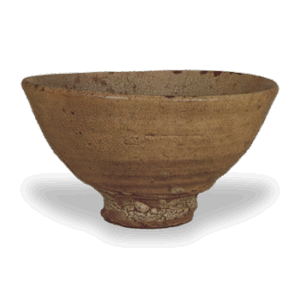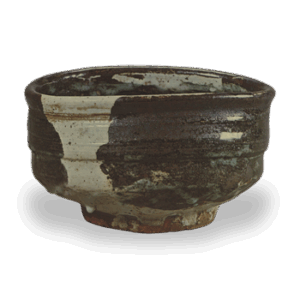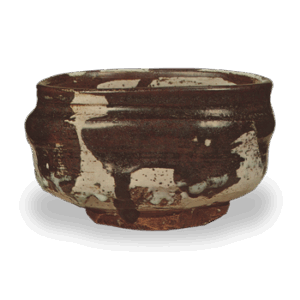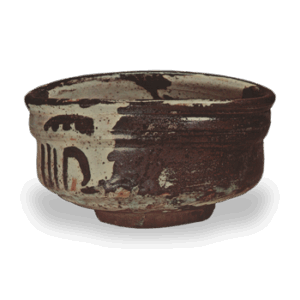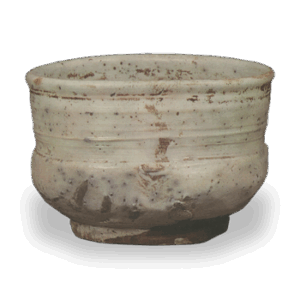Setomono and Karatsu-mono are both common names for ceramics. Setomono is a common name for pottery produced in Seto, Owari Province (Aichi Prefecture), which became widely known throughout Japan as it spread to other parts of Japan. The common term “Setomono” is used in the Kinai region and eastward, while the term “Karatsu-mono” is used exclusively in the Chugoku, Shikoku, and Kyushu regions. However, the boundary between the two is not always clear-cut. For example, in Ishikawa Prefecture, the name Karatsumono has been used since ancient times, and in some areas of Kochi Prefecture, the name Setomono still remains. This is due to various reasons such as transportation, but in short, it proves that Seto and Karatsu (including Arita porcelain) were the most important ceramic production areas in Japan in ancient times. The reason why the name Setomono in particular is widely used is probably due to the fact that the Owari Clan established a warehouse system and became involved in the sale of porcelain itself during the Kyowa and Bunka periods (1801-1188). The name “Setomono” was already used in ancient times, as evidenced by the “Seisatsu” issued by Oda Nobunaga in 1563.
